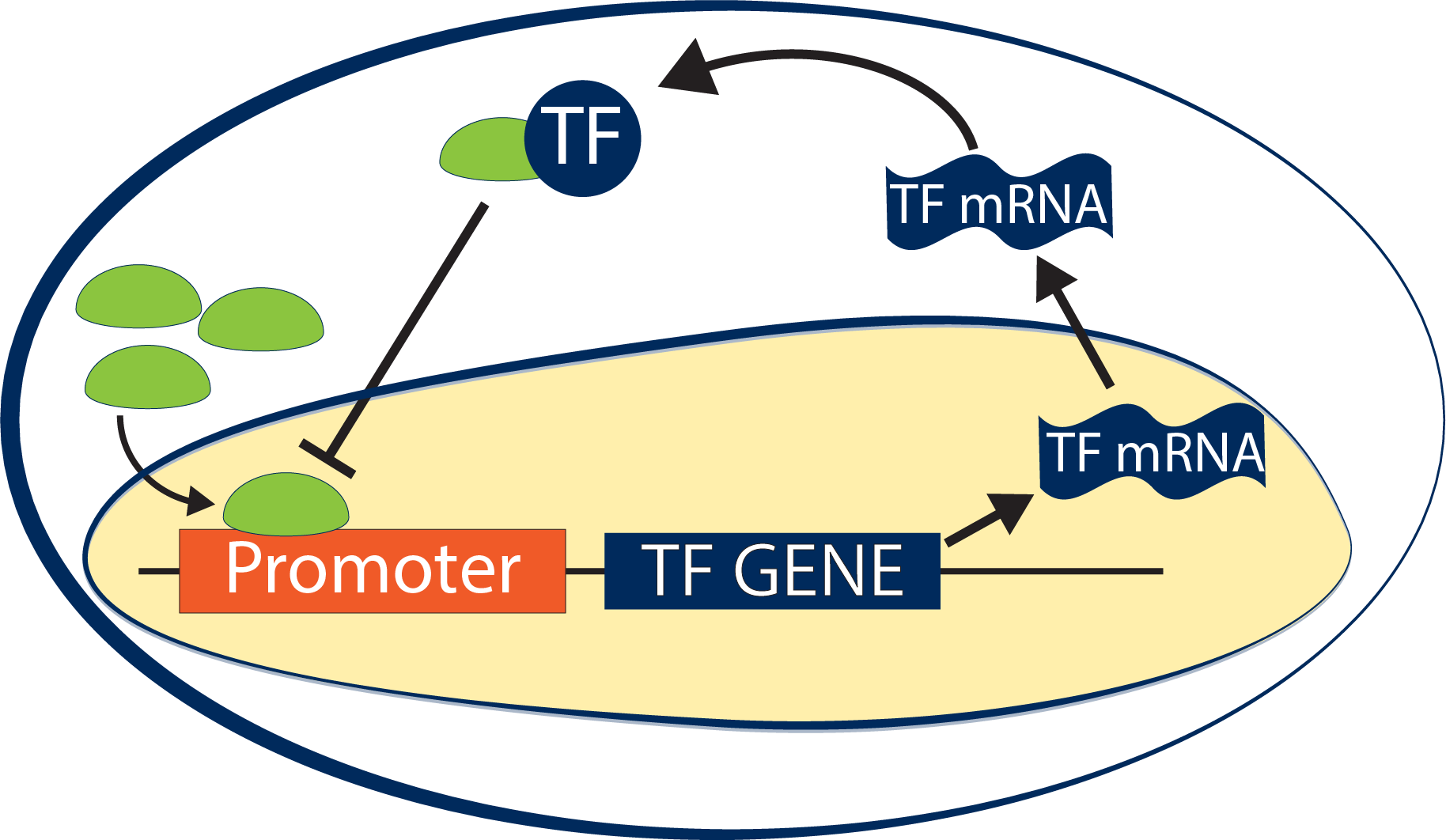Osteoarthritis is the 11th most debilitating disease in the world! Cross+, Ann Rheum Dis. 2014;73(7):1323-30
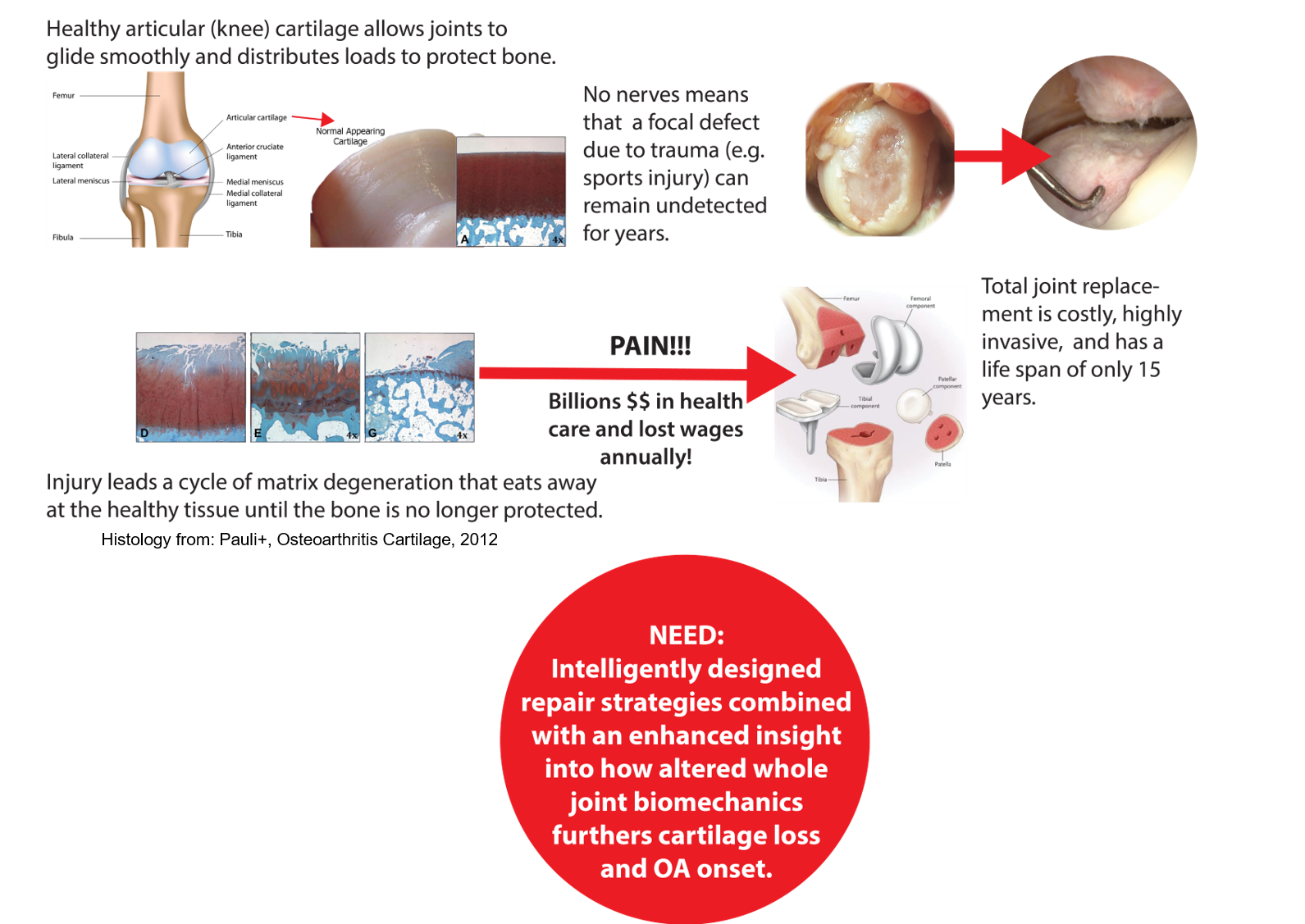
Lab Vision: Extend the health-span of patients by maintaining mobility after cartilage injury.
Mission
Employ systems level analysis of stem cell chondrogenesis, apply the results of these models to engineer synthetic gene circuits to stabilize stem cell/chondrocyte matrix assembly to engineer functional cartilage tissues, and employ finite element methods to explore strategies to restore joint mechanics to physiologic levels.
Systems level analysis stem cell chondrogenesis (Collaborators: Lonnie Shea, PhD and Ariella Shikanov, PhD)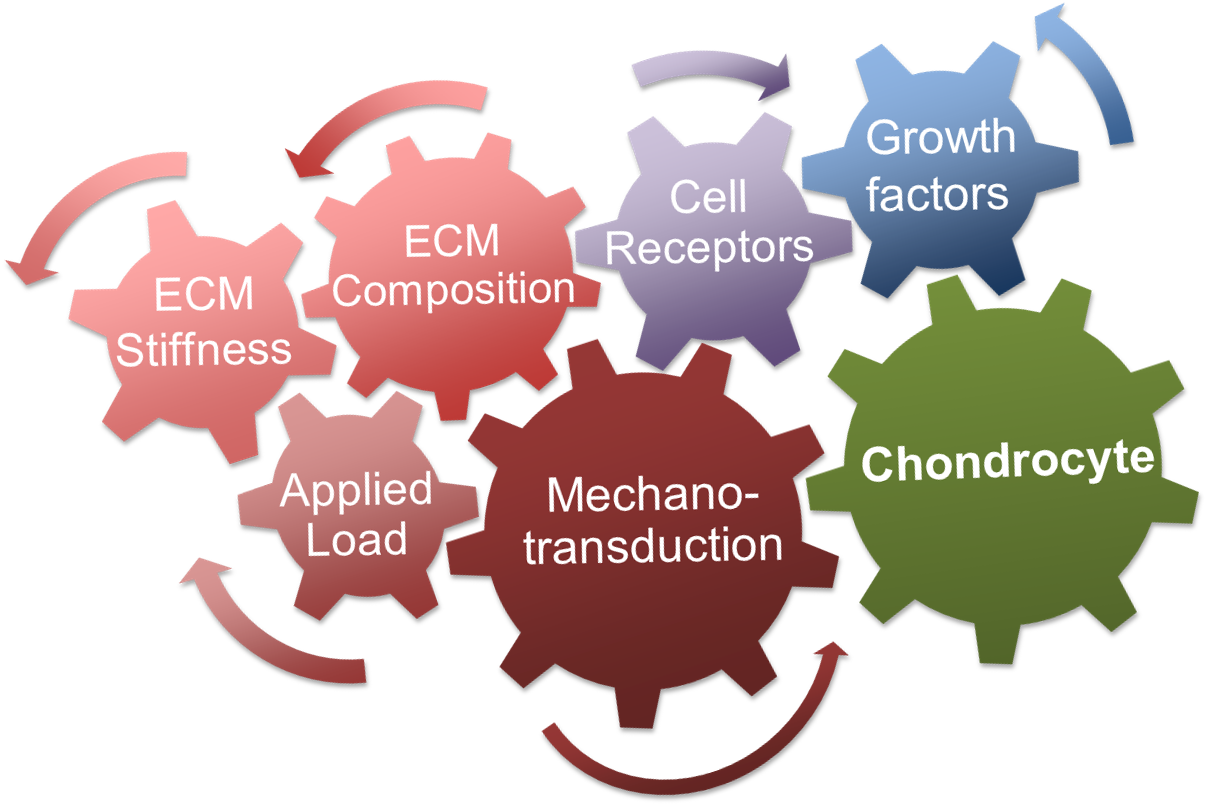
We’ve engineered a synthetic niche in which external parameters that regulate cell function can be individually and independently varied. The effects on transcriptomics, the metabolome, and proteome are simultaneously evaluated for multivariate analysis and construction of models.
Tunable synthetic gene circuits to regulate chondrocyte phenotype (Collaborator: Tom Lanigan, PhD)
We have engineered promoters to create gene circuits that silence chondrocyte maturation regulatory pathways by synthetically establishing intracellular feedback loops. We use these engineered circuits to reprogram chondrogenic cells to stabilize their phenotype to enhance cartilage regeneration.
Modeling of knee injury and repair (Collaborators: Ellen Arruda, PhD and Joan Greve, PhD)
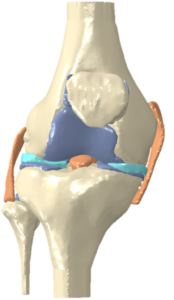 Human knee models are used to study multi-tissue damage on tissue-level stains. |
|
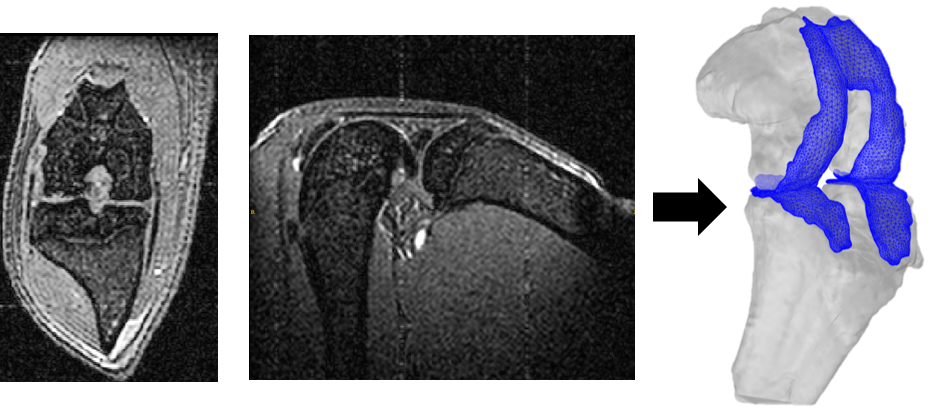
The time-course of cartilage morphological changes are monitored using magnetic resonance imaging of small animal models of cartilage and ACL injury and repair. These are then used to construct finite element models to examine the effects of global morphological changes to the total joint on cartilage tissue deformation. |


